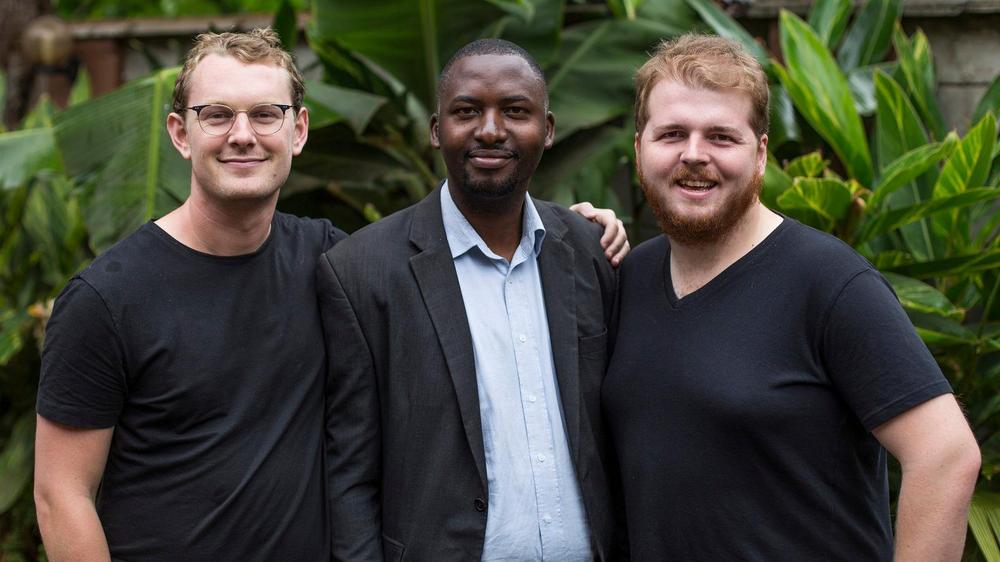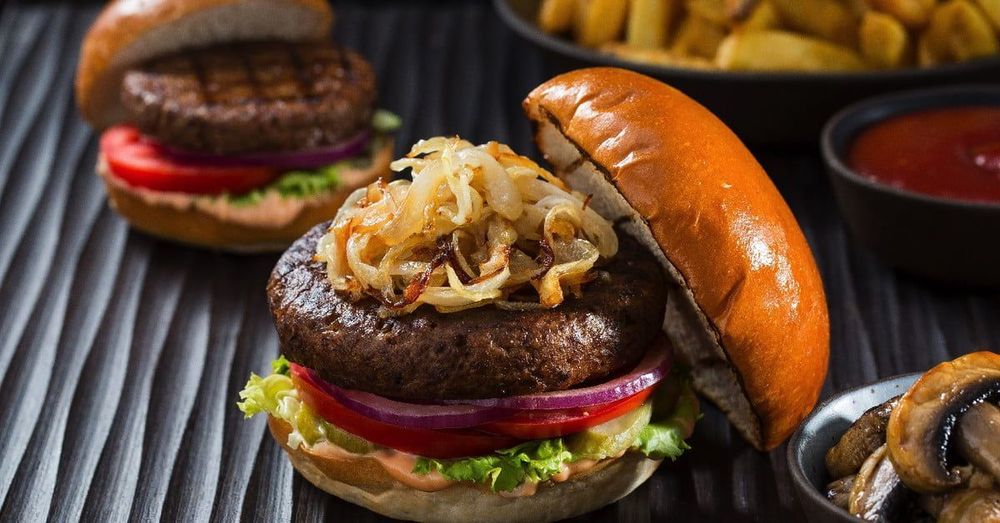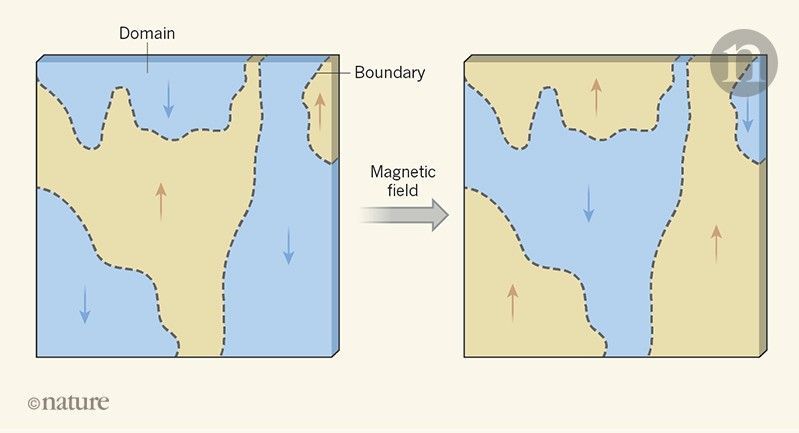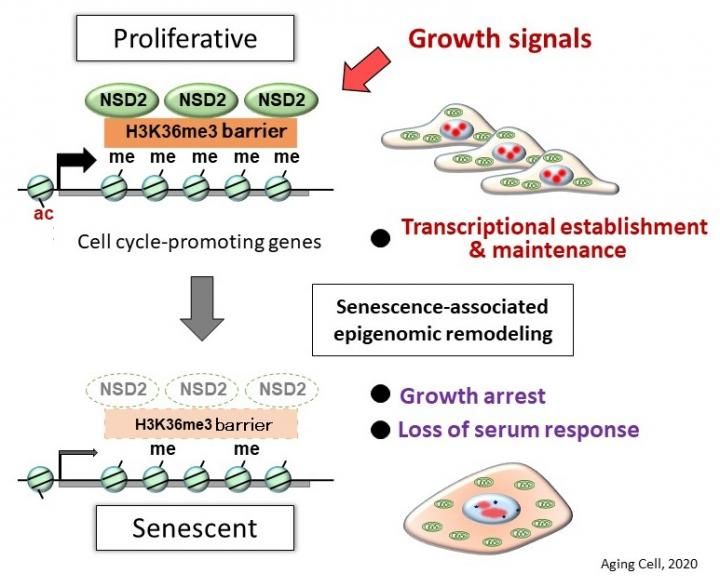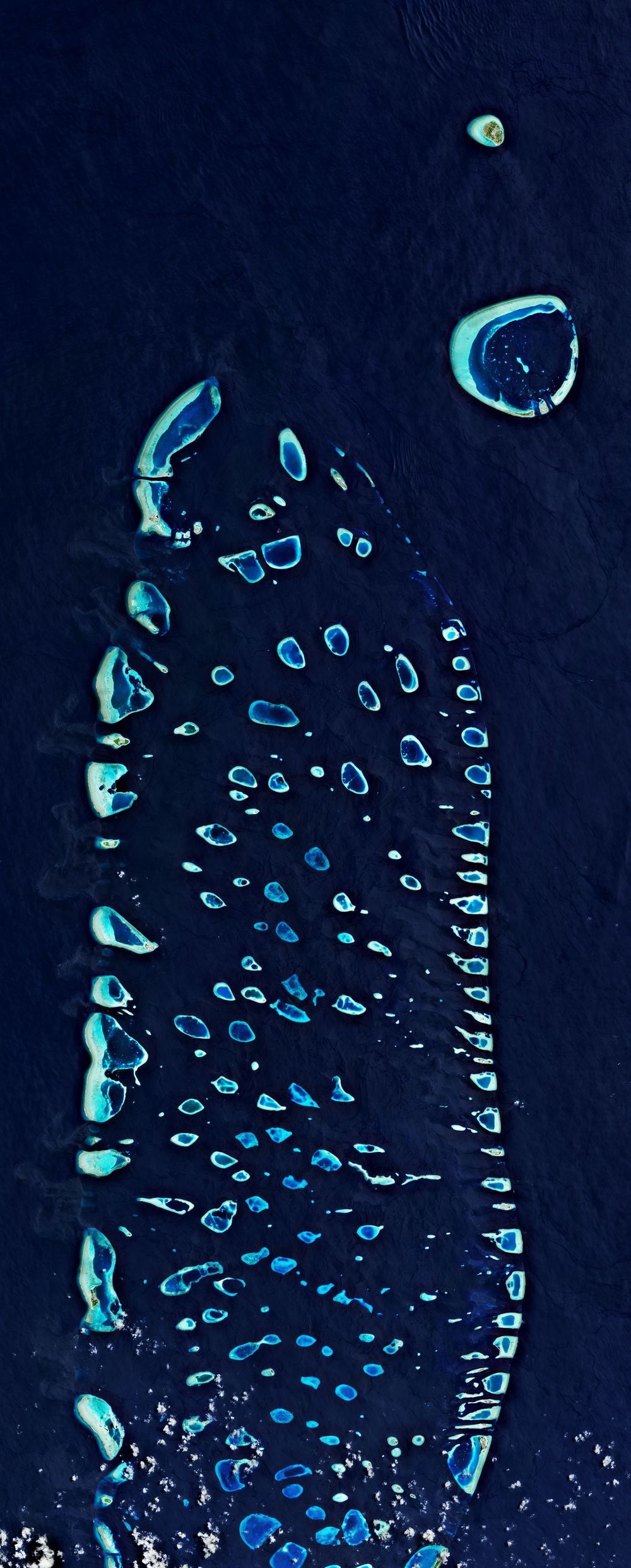The terrorist or psychopath of the future, however, will have not just the Internet or drones—called “slaughterbots” in this video from the Future of Life Institute—but also synthetic biology, nanotechnology, and advanced AI systems at their disposal. These tools make wreaking havoc across international borders trivial, which raises the question: Will emerging technologies make the state system obsolete? It’s hard to see why not. What justifies the existence of the state, English philosopher Thomas Hobbes argued, is a “social contract.” People give up certain freedoms in exchange for state-provided security, whereby the state acts as a neutral “referee” that can intervene when people get into disputes, punish people who steal and murder, and enforce contracts signed by parties with competing interests.
The trouble is that if anyone anywhere can attack anyone anywhere else, then states will become—and are becoming—unable to satisfy their primary duty as referee.
In The Future of Violence, Benjamin Wittes and Gabriella Blum discuss a disturbing hypothetical scenario. A lone actor in Nigeria, “home to a great deal of spamming and online fraud activity,” tricks women and teenage girls into downloading malware that enables him to monitor and record their activity, for the purposes of blackmail. The real story involved a California man who the FBI eventually caught and sent to prison for six years, but if he had been elsewhere in the world he might have gotten away with it. Many countries, as Wittes and Blum note, “have neither the will nor the means to monitor cybercrime, prosecute offenders, or extradite suspects to the United States.”
Technology is, in other words, enabling criminals to target anyone anywhere and, due to democratization, increasingly at scale. Emerging bio-, nano-, and cyber-technologies are becoming more and more accessible. The political scientist Daniel Deudney has a word for what can result: “omniviolence.” The ratio of killers to killed, or “K/K ratio,” is falling. For example, computer scientist Stuart Russell has vividly described how a small group of malicious agents might engage in omniviolence: “A very, very small quadcopter, one inch in diameter can carry a one-or two-gram shaped charge,” he says. “You can order them from a drone manufacturer in China. You can program the code to say: ‘Here are thousands of photographs of the kinds of things I want to target.’ A one-gram shaped charge can punch a hole in nine millimeters of steel, so presumably you can also punch a hole in someone’s head. You can fit about three million of those in a semi-tractor-trailer. You can drive up I-95 with three trucks and have 10 million weapons attacking New York City. They don’t have to be very effective, only 5 or 10% of them have to find the target.” Manufacturers will be producing millions of these drones, available for purchase just as with guns now, Russell points out, “except millions of guns don’t matter unless you have a million soldiers. You need only three guys to write the program and launch.” In this scenario, the K/K ratio could be perhaps 3/1,000,000, assuming a 10-percent accuracy and only a single one-gram shaped charge per drone.
Will emerging technologies make the state system obsolete? It’s hard to see why not.

